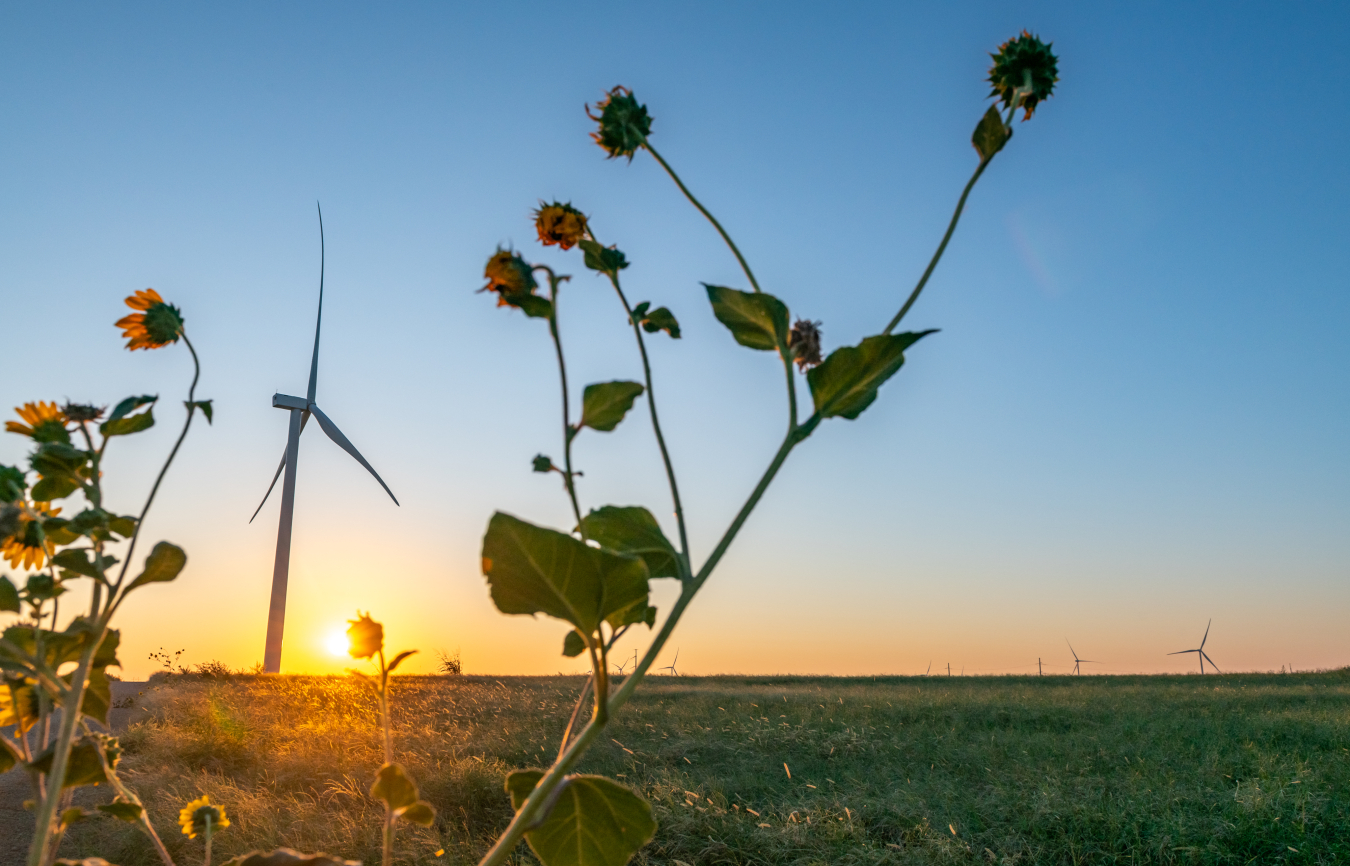The Wind Resource Database is an online tool that captures information about atmospheric forces that affect how wind turbines perform and how much energy they capture.
Wind Energy Technologies Office
May 13, 2024
The new, easy-to-use Wind Resource Database offers public access to more than one million gigabytes of detailed wind resource data in the United States and other countries.
In March 2024, with support from the U.S. Department of Energy’s Wind Energy Technologies Office (WETO), the National Renewable Energy Laboratory (NREL) launched the Wind Resource Database. Designed to support the transition to a clean, secure, and affordable energy future, the online platform captures information about atmospheric forces that affect how wind turbines perform and how much energy they capture.
Stakeholders in the wind energy community—industry, utilities, system planners and operators, electricity market regulators, policymakers, researchers, and others—need access to high-quality wind resource data for a variety of reasons, ranging from assessing potential sites for wind development to long-term utility planning, said Patrick Gilman, program manager for modeling and analysis at WETO.
“This database packages all the wind resource data that WETO has invested in over the past decade into a single site,” he said. “It’s accessible both to the general public and to highly technical users.”
Offering public access to more than one million gigabytes of detailed wind resource data covering the United States and several other countries, the Wind Resource Database is a web-based update to NREL’s former Wind Prospector (data visualization and analysis tool), which provided wind resource and model data for analyzing wind energy potential.
“The Wind Resource Database provides the data to determine where a good site for installing wind turbines or building wind farms would be,” said NREL wind researcher Caroline Draxl, who helped develop the database. “With interactive maps and a simplified data retrieval process, this database provides a user-friendly experience for everyone—from wind energy developers and wind integration folks to people who just want to know about available wind resources.”
The database covers the contiguous and select offshore regions in the United States, Alaska, Hawaii, Puerto Rico, Canada, Mexico, Southeast Asia, and Ukraine. NREL researchers evaluated user experiences with Wind Prospector to identify the Wind Resource Database’s target audience and adjust the platform to better meet users’ needs. Data can be visualized and downloaded for offline use. If a user is interested in one location, there is an efficient way to grab a single data point without having to comb through a petabyte of data. Or, if someone only wants specific attributes but across a vast area, the platform can also efficiently select those data.
Key Database Features
An expandable, web-based platform, the Wind Resource Database provides easy access to the following:
- More than one million gigabytes of wind resource data.
- Datasets at 5-minute, 2-kilometer (km) resolution for various regions across the globe (newly modeled for the contiguous United States, Alaska, and Hawaii as part of the WIND Toolkit Long-term Ensemble Dataset).
- Aggregated wind energy statistics.
- Meteorological information that is valuable for wind energy applications, including distributed and utility-scale wind energy, grid integration, power systems analysis, and environmental analysis.
- All current and future NREL wind datasets.
Announcing the WIND Toolkit Long-term Ensemble Dataset
A primary feature of the Wind Resource Database is an update to the Wind Integration National Dataset Toolkit (WIND Toolkit) called WTK-LED: The WIND Toolkit Long-term Ensemble Dataset.
A weather-related dataset, WTK-LED provides users with a range of possible wind speeds made available at 5-minute intervals every 2 km across the contiguous United States, Alaska, and Hawaii. WTK-LED includes:
- Data at multiple vertical planes above ground level in the region of the atmosphere where wind turbines operate, enabling accurate modeling of the winds blowing across utility-scale and distributed wind turbines.
- High-resolution 5-minute, 2-km data for 2018, 2019, and 2020 for the contiguous United States, Hawaii, and Alaska.
- Model uncertainty of wind speed at every modeling grid point to give users a range of possible wind speeds every 2 km.
- A separate long-term dataset, the 2023 National Offshore Wind dataset (NOW-23), tailored specifically to offshore wind resource assessments for the Atlantic Coast, Great Lakes, Hawaii, Pacific Coast, and Gulf of Mexico.
“We hope the Wind Resource Database can ultimately serve as a one-stop shop for stakeholders looking for a high-quality wind resource data,” Gilman said. “It enables a wider range of users to take advantage of the significant investments we’ve made in these data, giving them greater insight into the wind resource in their locations of interests.”
Publicly available at no cost, data within the Wind Resource Database can be accessed via the WRDB Viewer Application.

